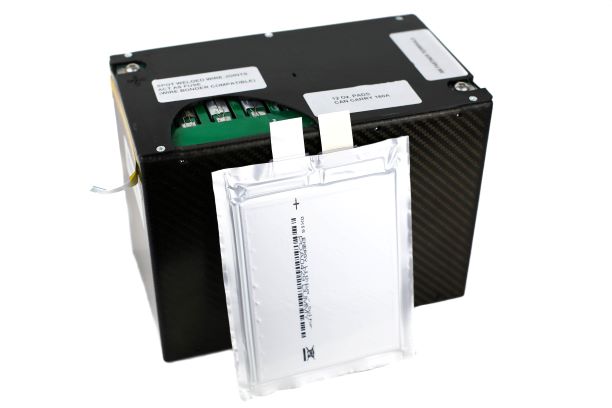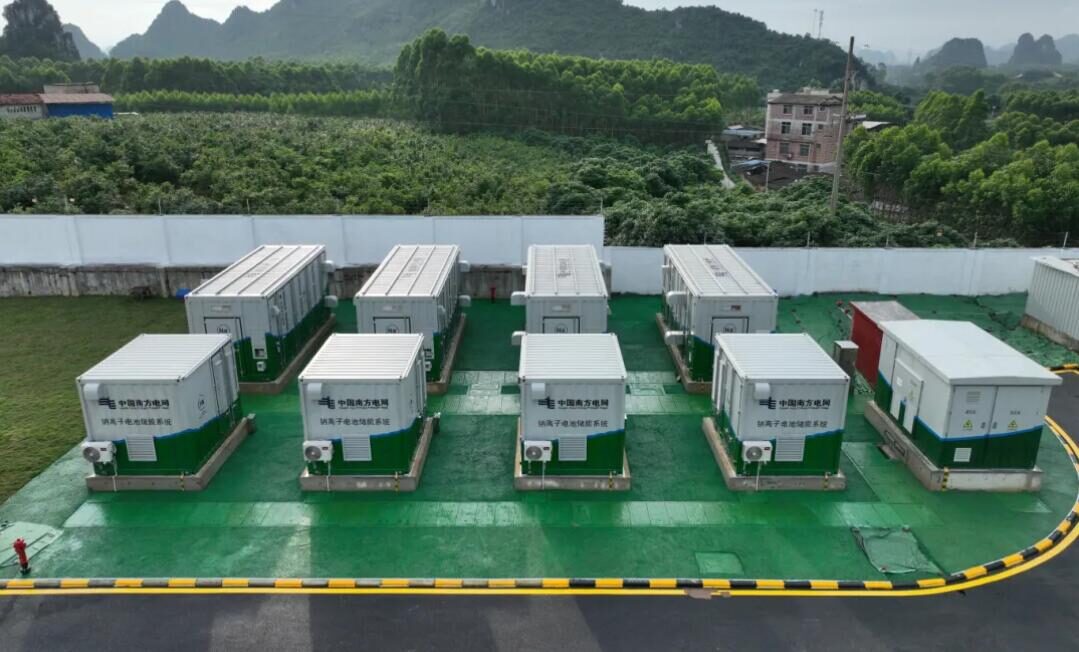British lithium-sulfur battery manufacturer Oxis Energy has told pv magazine its modular solution will be ready for use in aircraft within five years.
Mark Crittenden, head of battery development and integration at the Oxford-based company said: “We expect the first-use as a commercial product in aviation to be within three to five years.”
The battery manufacturer said this week its transport-oriented cells, which can be scaled up, have already been ground-tested in an aircraft system in the U.S. and are on track for flight testing.
The company said it is already shipping cells with an energy density of 400 Wh/kg to clients in Europe, Japan and the U.S. and is closing in on more impressive performance.
Energy density
Chief executive Huw Hampson-Jones told pv magazine: “Oxis has already achieved 471 Wh/kg, is confident of achieving 500 Wh/kg in the next 12 months and with solid-state Li-S [lithium-sulfur], we believe this can be extended to 600 Wh/kg. By comparison, the highest energy density lithium ion cells that are commercially available are just over 250 Wh/kg.”
That 600 Wh milestone will take around five years, according to chief technical officer David Ainsworth, as it will require development of an all-solid state system, in line with the company’s production timetable.
In July 2015, Oxis told pv magazine it was aiming for a price of no more than $250/kWh for its products by this year and although it is short of that achievement, plans to ramp up production are in train as part of the effort.
Cost reduction
Hampson-Jones said: “Key to reducing the costs of cells is the production scale-up. To that end, coupled with meeting the demand from our customers, Oxis is currently ramping up lithium sulfur cell production through our facilities in Wales and Brazil, which will be online in 2021 and 2022, respectively. We anticipate, when Li-S reaches production volumes similar to Li-ion, that costs will be lower than Li-ion.”
A spokesperson for the company said the Welsh site, at Kenfig Hill, near Port Talbot in South Wales, would produce enough cathode and electrolyte to support the production of 500,000 cells, with room to expand further at the site. The Oxis production line south of Belo Horizonte, in the Brazilian state of Minas Gerais, will have a 1.2 million cell annual capacity, with the possibility of raising that figure to 5 million in three more phases as needed.
With the company’s scalable product aimed at electric trucks and e-buses, in addition to aircraft, Crittenden told pv magazine there are also maritime applications.
Submersibles
“Working with the [U.K.] National Oceanography Centre, [Redditch, England-based harsh environment technology firm] Steatite and [Plymouth, England-based submersible vehicles firm] MSubs, Oxis proved our cells could withstand pressures equivalent to a depth of 6,640m without being compromised on integrity,” said the company’s head of battery development.
“Due to the neutral buoyancy of the cells and battery, buoyancy foam can be reduced in the vehicle, saving cost, weight and volume. MSubs has integrated the battery to power a test vehicle supplied by [Norwegian company] Deepbots AS named [the] Sperre Subfighter 7500, which is a ROV (remotely-operated underwater vehicle). These tests were performed on site at Sperre AS, [in] Nottoden, Norway.”
This content is protected by copyright and may not be reused. If you want to cooperate with us and would like to reuse some of our content, please contact: editors@pv-magazine.com.




You need weight in subs to have enough volume at 64lbs/cubic’ to live in so lighter cells have little value there. And the lead ones last 20 yrs and cost under $100/kwh provide enough weight so people can live in one .
I don’t think their short term specs are as good as Tesla’s dry process that will cost around $70/kwh late this yr likely..
500k cells is only 5-10k EVs so barely a starting point. I do believe in LiS and metal air cells will be a big part of the future but going to be hard to displace the li-ion power cells now, coming.
Li S will make electric flight possible!
What is weight of lithium sulphur battery?